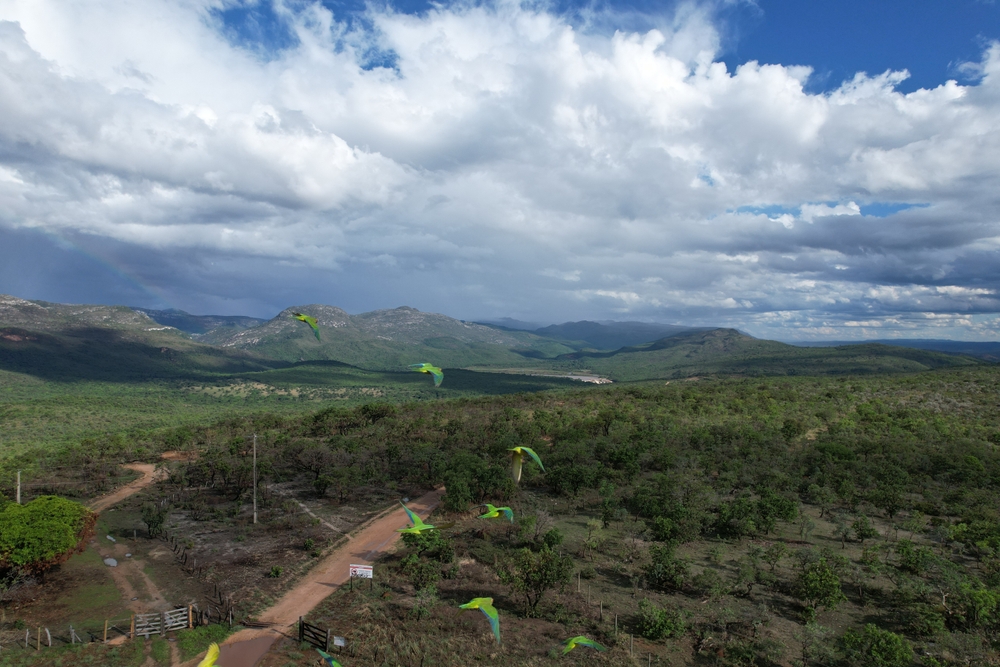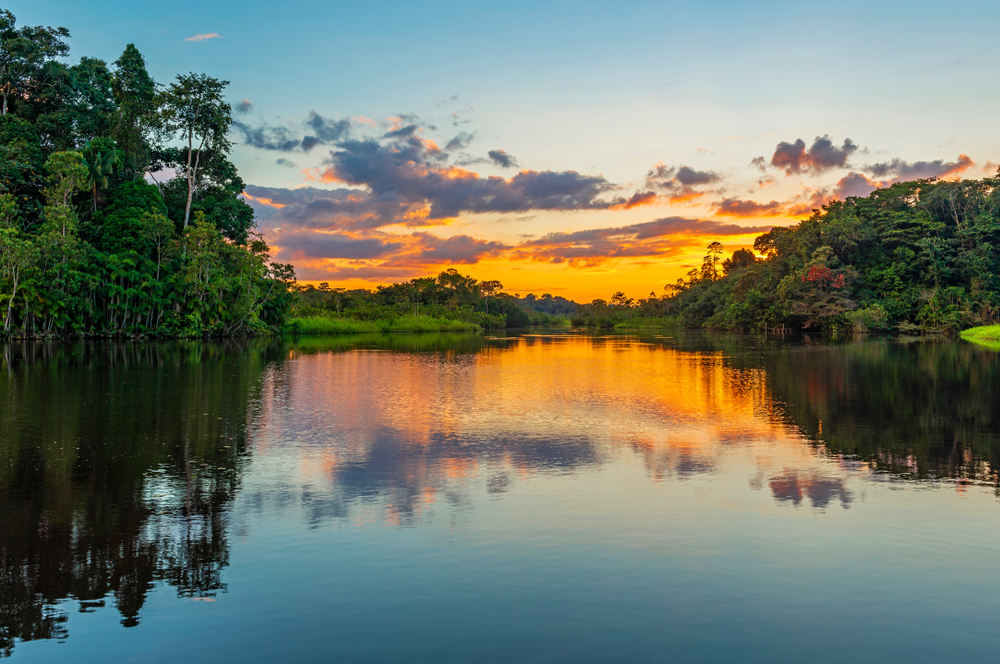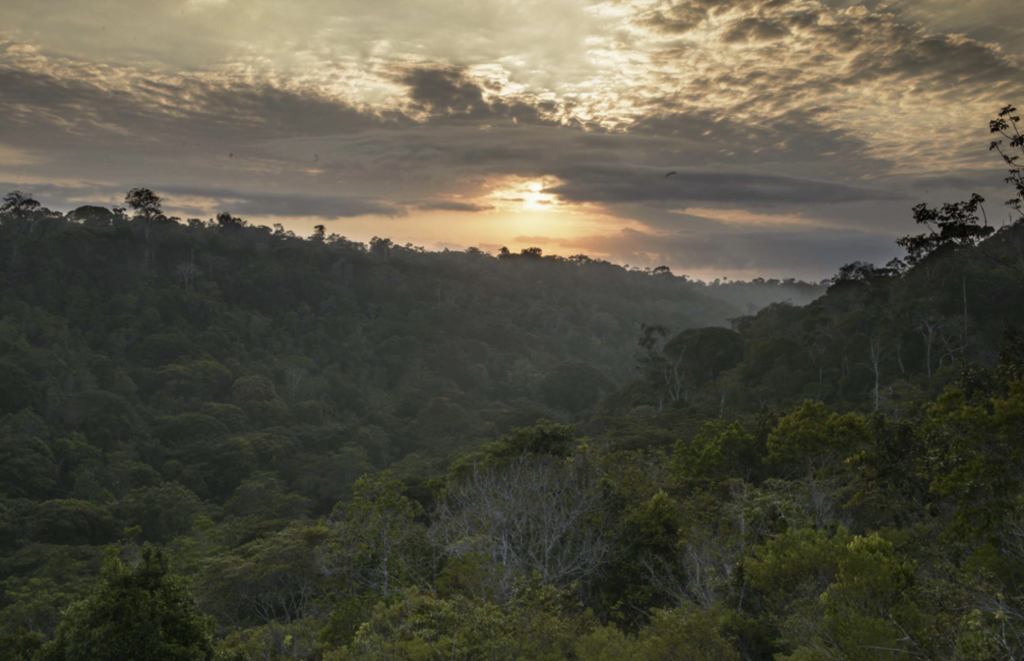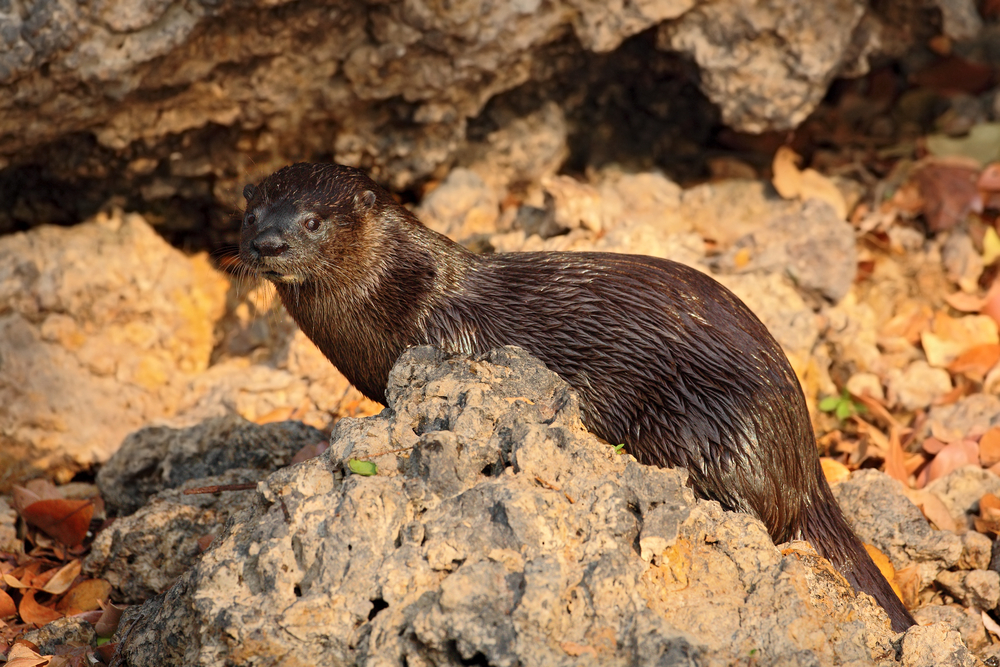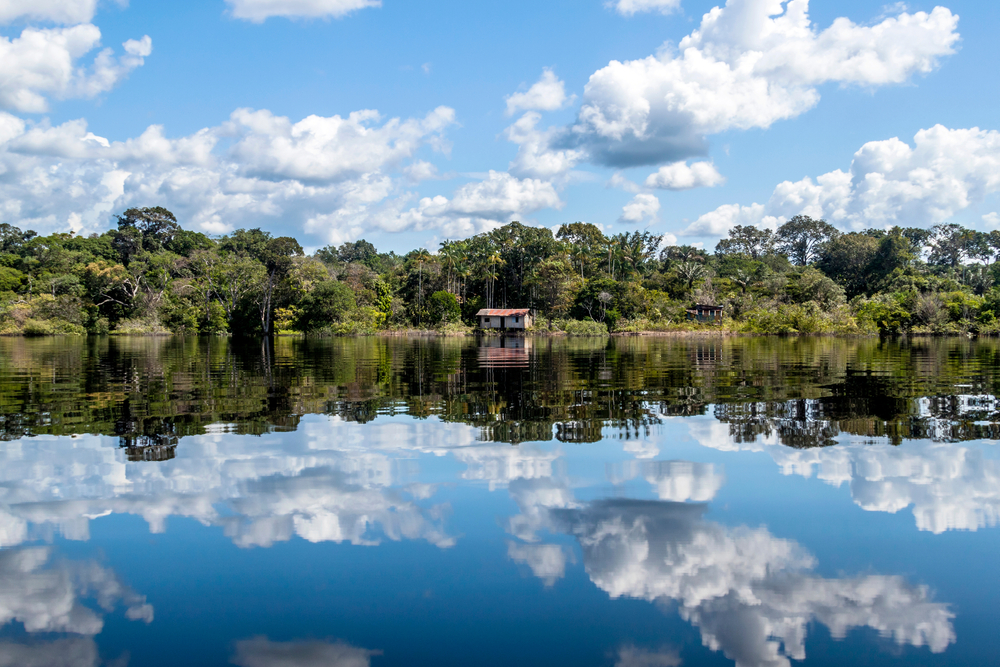Sempre Vivas Overview
Sempre Vivas National Park, or Parque Nacional das Sempre Vivas in Portuguese, is located in the northern region of Minas Gerais state in Brazil.
Encompassing an area of approximately 455 square miles (1,178 square kilometers), the park lies within the Espinhaço Mountain Range, a unique geological formation that significantly shapes the region’s ecological richness and diversity. Its name pays homage to the “sempre-vivas” flowers, a type of everlasting bloom endemic to the region that has come to symbolize the park’s identity and resilience.
The terrain within Sempre Vivas National Park is strikingly varied, featuring high-altitude plateaus, rugged escarpments, quartzite ridges, and river valleys. The landscape includes a mix of cerrado (a type of tropical savanna), campos rupestres (rocky grasslands), and patches of gallery forest along watercourses.
Towering above these ecosystems are peaks such as Serra do Cabral and Serra do Espinhaço, both offering panoramic vistas and serving as watersheds for many rivers, including the important Jequitaí and São Francisco rivers. Waterfalls like Cachoeira das Pedras and several natural springs add visual drama and ecological value, providing hydration to both wildlife and plant life throughout the year.
Wildlife is abundant and varied in the park, shaped by the transitional ecosystems between cerrado and Atlantic Forest. Among the notable mammals are the maned wolf, the giant anteater, and the ocelot, all of which are either threatened or near-threatened species.
Birdlife is equally remarkable, with over 250 documented species. The hyacinth visorbearer hummingbird and the cock-tailed tyrant are among the endemic or rare birds sought by enthusiasts. Reptiles and amphibians are also well represented, with numerous species still being studied and catalogued, which speaks to the park’s ongoing contribution to biodiversity research.
One of the most popular features of Sempre Vivas National Park is the presence of its namesake flowers, which bloom across the highlands and attract visitors during the flowering season. Hiking trails, natural swimming pools, scenic overlooks, and cascading waterfalls offer immersive experiences for those interested in nature-based tourism.
The campos rupestres are particularly appealing for botanists and photographers due to their high rate of endemism and unique plant forms. Visitors often engage with the park through guided hikes, birdwatching excursions, and educational tours designed to highlight the ecological significance of the region.
Conservation within the park presents both challenges and victories. The expansion of agricultural frontiers and unregulated tourism pressure have at times threatened the integrity of local ecosystems.
However, successful initiatives led by ICMBio (the Chico Mendes Institute for Biodiversity Conservation) have improved park infrastructure, expanded research, and heightened public awareness. The park plays a crucial role in the preservation of water sources and endemic species, and it stands as a critical node in the Espinhaço Biosphere Reserve, which has helped bolster protective measures and funding.
Continued collaboration between local communities, scientists, and government agencies remains vital to ensuring that Sempre Vivas retains its ecological richness for generations to come.








































































